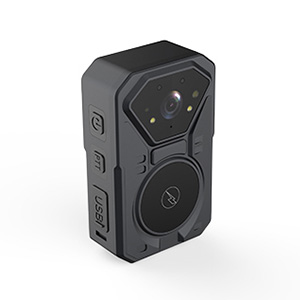Police Body-Worn Cameras: Enhancing Transparency and Accountability in Law Enforcement

# Police Body-Worn Cameras: Enhancing Transparency and Accountability in Law Enforcement
## The Rise of Body-Worn Cameras in Policing
In recent years, police body-worn cameras (BWCs) have become an increasingly common tool in law enforcement agencies worldwide. These small, wearable devices record interactions between officers and the public, providing an objective record of events as they unfold.
The adoption of BWCs has grown rapidly since their introduction, with many departments citing improved transparency and accountability as primary reasons for implementation. According to a 2021 report from the Bureau of Justice Statistics, approximately 47% of general-purpose law enforcement agencies in the United States had acquired body-worn cameras by 2016, with adoption rates continuing to climb.
## Benefits of Body-Worn Camera Technology
### Increased Transparency
One of the most significant advantages of BWCs is their ability to provide an unbiased account of police-public interactions. These recordings can help:
– Clarify disputed accounts of incidents
– Provide evidence in criminal cases
– Document proper police procedures
– Reveal potential misconduct
### Improved Officer Accountability
BWCs create a sense of accountability for both officers and civilians. Studies have shown that when people know they’re being recorded, they tend to modify their behavior accordingly. This “civilizing effect” can lead to:
– Fewer complaints against officers
– Reduced use of force incidents
– More professional interactions
– Increased public trust in law enforcement
### Enhanced Evidence Collection
The video and audio recordings from BWCs serve as valuable evidence in criminal investigations and court proceedings. This digital evidence can:
– Corroborate officer testimony
– Provide visual documentation of crime scenes
– Capture spontaneous statements from suspects
– Preserve perishable evidence
## Challenges and Considerations
While BWCs offer numerous benefits, their implementation isn’t without challenges:
### Privacy Concerns
Recording interactions raises important privacy questions regarding:
– When cameras should be activated
– How long footage should be retained
– Who should have access to recordings
– How to protect sensitive information
### Policy Development
Effective BWC programs require comprehensive policies addressing:
– Officer discretion in camera use
– Public access to footage
– Data storage and management
– Consequences for policy violations
### Financial Implications
The costs associated with BWCs extend beyond the initial equipment purchase and include:
– Data storage expenses
– Personnel for video review
– Training requirements
– System maintenance
Keyword: police body worn camera
## Best Practices for Implementation
For agencies considering or currently implementing BWC programs, several best practices have emerged:
### Community Engagement
Involving community stakeholders in the development of BWC policies helps build trust and ensures programs meet local needs.
### Clear Policies
Establishing comprehensive, written policies that address all aspects of BWC use is essential for consistent application.
### Officer Training
Proper training should cover not only technical operation but also:
– When to activate cameras
– How to inform the public about recording
– Legal considerations
– Ethical implications
### Regular Program Evaluation
Continuous assessment of BWC programs helps identify areas for improvement and measure effectiveness.
## The Future of Police Body-Worn Cameras
As technology advances, we can expect to see improvements in BWC systems, including:
– Longer battery life
– Higher quality video and audio
– Advanced features like facial recognition (with appropriate safeguards)
– Integration with other law enforcement technologies
While BWCs aren’t a panacea for all challenges in policing, when implemented thoughtfully with proper policies and community input, they represent a significant step forward in enhancing transparency and accountability in law enforcement.